U.S. Hacks QakBot, Quietly Removes Botnet Infections
Krebs on Security
AUGUST 29, 2023
government today announced a coordinated crackdown against QakBot , a complex malware family used by multiple cybercrime groups to lay the groundwork for ransomware infections. Emerging in 2007 as a banking trojan, QakBot (a.k.a. Today’s operation is not the first time the U.S. ” The DOJ said it also recovered more than 6.5

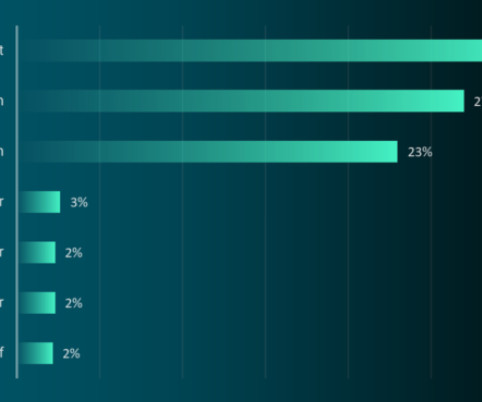

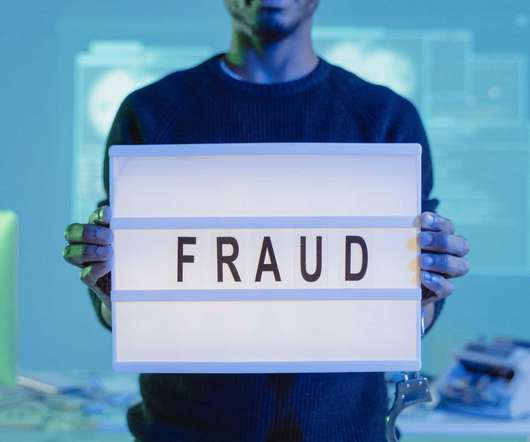
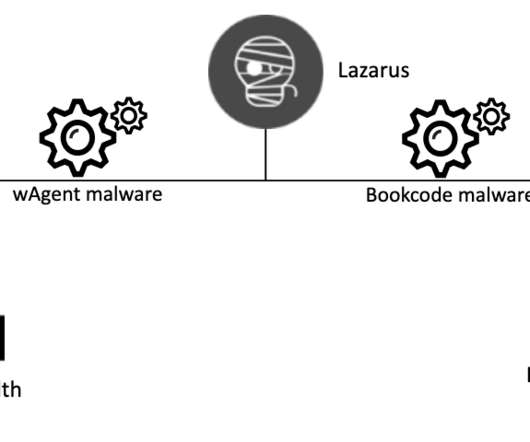
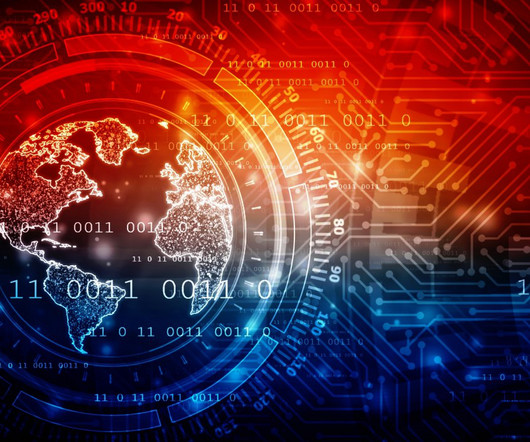
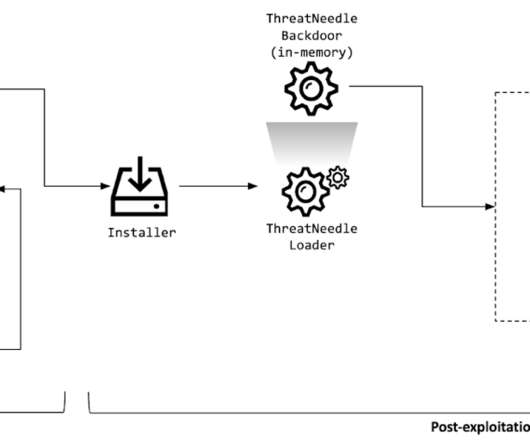
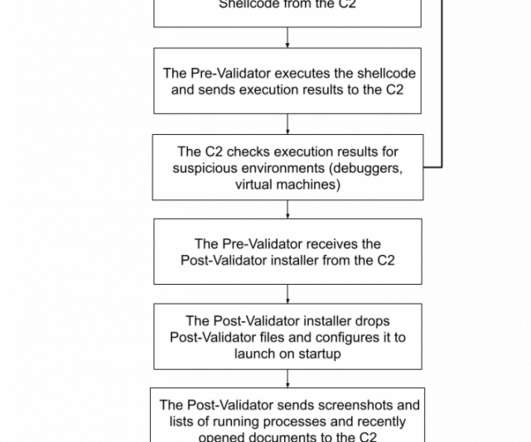
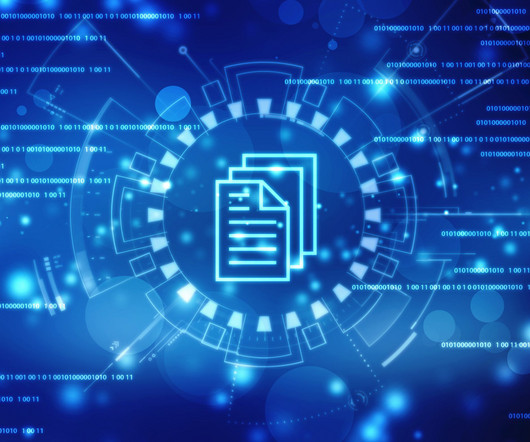









Let's personalize your content